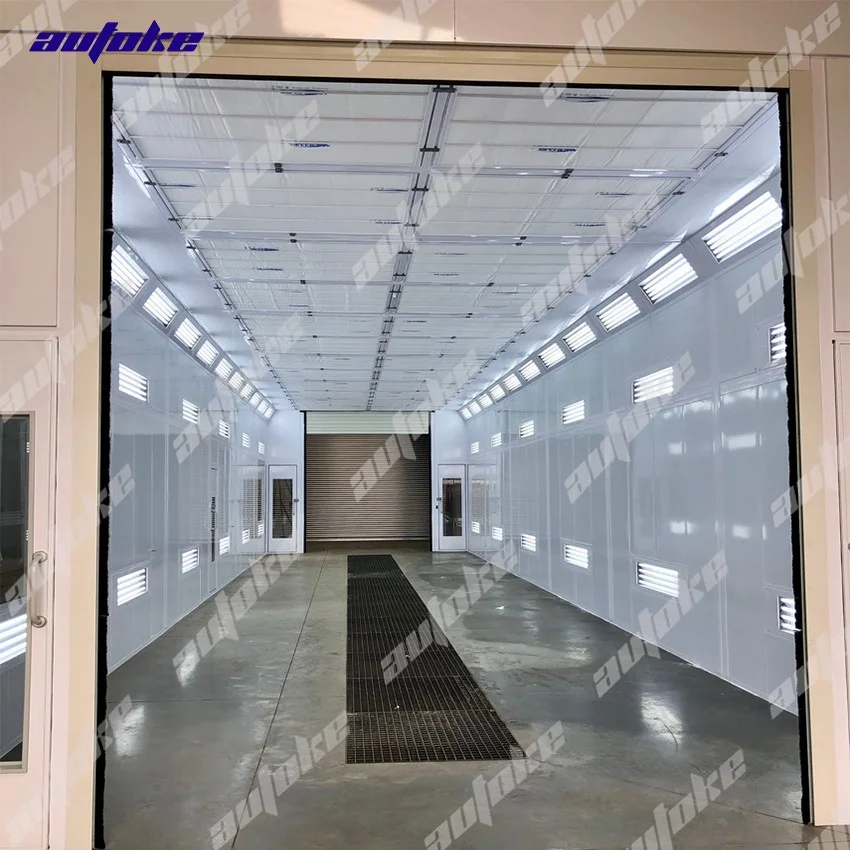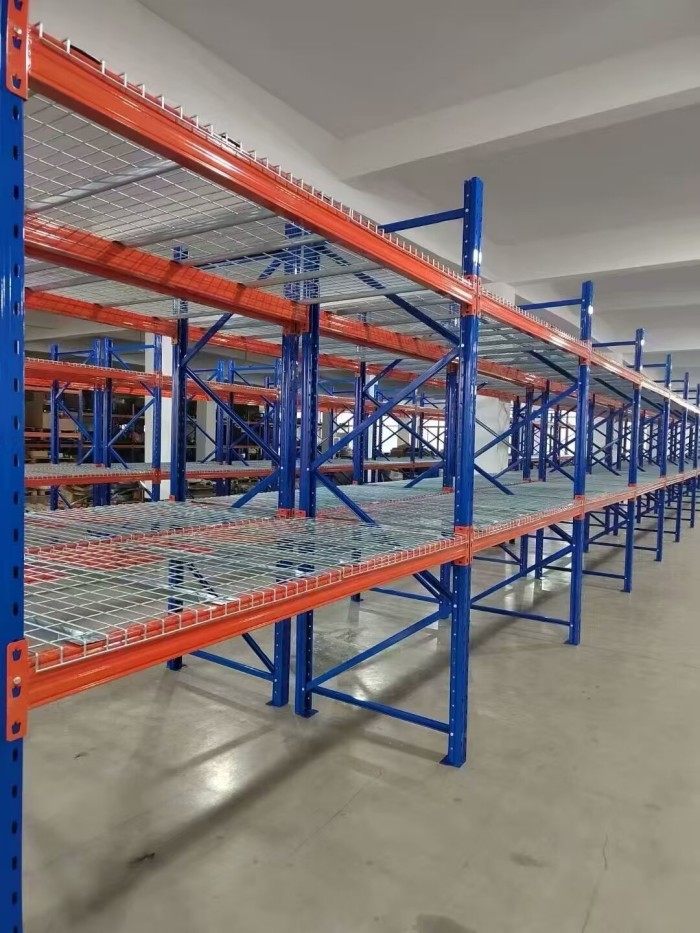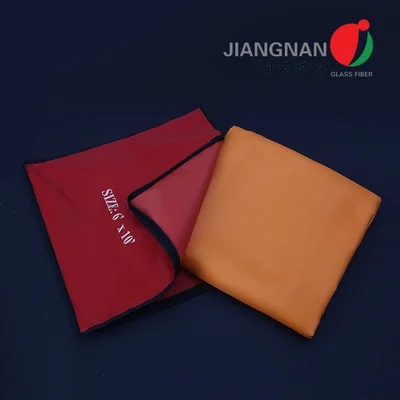When it comes to energy efficiency in buildings, insulation plays a pivotal role. One of the most critical metrics in evaluating insulation performance is the R-value, which measures the material's resistance to heat flow. The higher the R-value, the better the insulation's effectiveness. As homeowners and builders seek to optimize energy efficiency, the question arises: What insulation material has the highest R-value? In this article, we will delve into the various insulation materials available, their R-values, and the implications for energy efficiency and sustainability.
Understanding R-Value: The Key to Insulation Performance
Before we explore the materials, it’s essential to understand what R-value signifies. R-value is a measure of thermal resistance, indicating how well a building material can resist heat transfer. The R-value is determined by the material's thickness, density, and thermal conductivity. For instance, a higher R-value means that the material provides better insulation, reducing the amount of energy required for heating and cooling.
The Contenders: Insulation Materials and Their R-Values
- Spray Foam Insulation
- R-Value: 6.0 to 7.0 per inch
- Spray foam insulation is a popular choice due to its high R-value and ability to expand, filling gaps and cracks. Closed-cell spray foam, in particular, offers superior insulation properties and acts as a moisture barrier, making it ideal for areas prone to humidity.
- Rigid Foam Board Insulation
- R-Value: 4.0 to 6.5 per inch
- Rigid foam boards, made from materials like polystyrene, polyisocyanurate, or polyurethane, provide excellent thermal resistance. Polyisocyanurate foam board insulation can achieve R-values as high as 6.5 per inch, making it a strong contender for high-performance insulation.
- Mineral Wool (Rock Wool) Insulation
- R-Value: 3.0 to 4.0 per inch
- While mineral wool insulation has a lower R-value compared to spray foam and rigid boards, it offers excellent fire resistance and soundproofing qualities. It is often used in commercial buildings and multi-family residences.
- Fiberglass Insulation
- R-Value: 2.9 to 4.3 per inch
- Fiberglass insulation is one of the most common insulation materials. While it has a lower R-value compared to spray foam and rigid boards, it is cost-effective and widely available. Its performance can be enhanced by using thicker batts or adding multiple layers.
- Aerogel Insulation
- R-Value: 10.0 to 30.0 per inch
- Aerogel is a cutting-edge insulation material that boasts the highest R-value of any insulation product available today. With an astonishing R-value that can reach up to 30 per inch, aerogel is lightweight and highly effective. However, its high cost and limited availability make it less common in residential applications.
The R-Value Champion: Aerogel Insulation
Based on the R-value metrics discussed, aerogel insulation emerges as the material with the highest R-value. Its unique structure, composed of over 90% air, allows it to provide exceptional thermal resistance while being incredibly lightweight. Aerogel is often used in specialized applications, such as aerospace and industrial settings, but its potential for residential use is gaining attention as technology advances and costs decrease.
Considerations Beyond R-Value
While R-value is a crucial factor in selecting insulation materials, it is not the only consideration. Other factors include:
- Cost: The initial investment and long-term savings on energy bills.
- Installation: Some materials require professional installation, while others can be DIY-friendly.
- Environmental Impact: The sustainability of the materials and their impact on indoor air quality.
- Moisture Resistance: The ability of the insulation to resist moisture and prevent mold growth.
Conclusion: Making an Informed Choice
In conclusion, while aerogel insulation holds the title for the highest R-value, the best insulation material for your project will depend on various factors, including budget, application, and specific performance needs. Understanding the R-values of different insulation materials allows homeowners and builders to make informed decisions that enhance energy efficiency and sustainability. As the demand for energy-efficient solutions continues to rise, exploring advanced materials like aerogel may pave the way for a more sustainable future in building design and construction.



